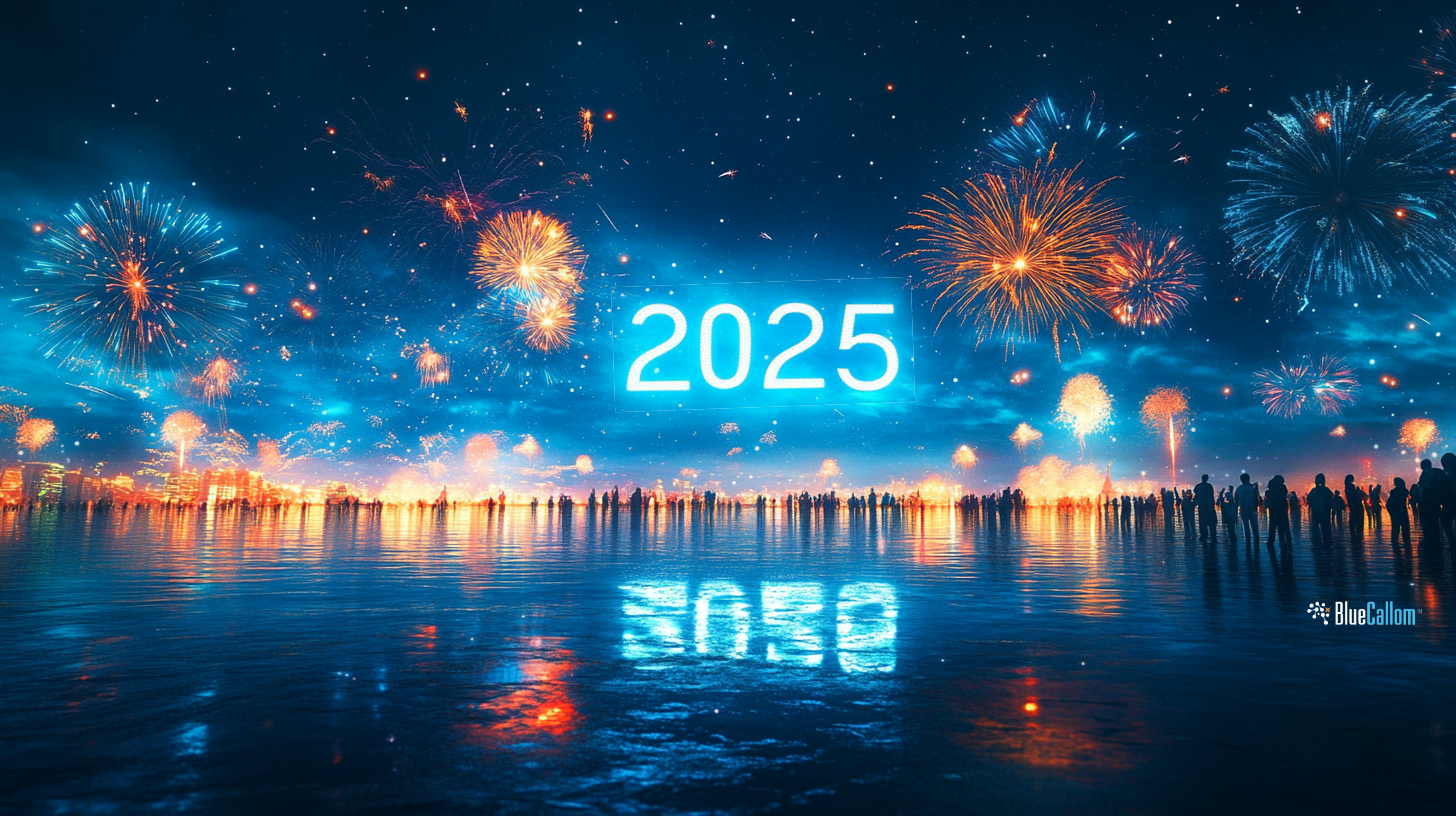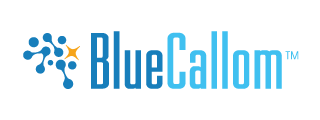2025 Agentic AI Outlook
 So, we are entering the widely predicted year of the agent. Being condemned as a visionary, I try my best for my 2025 Agentic AI Outlook. Like my outlooks in the past, I base it on feedback and needs from roughly 200 businesses on our platform, technological opportunities, innovations our industry is working on, and a big portion of common sense. Current geopolitical challenges, increasing competitiveness, significant technological advances, logistics and natural resource tension, and the question of how to deal with the complexity resulting from all that are nowadays critical in the direction of such an outlook.
So, we are entering the widely predicted year of the agent. Being condemned as a visionary, I try my best for my 2025 Agentic AI Outlook. Like my outlooks in the past, I base it on feedback and needs from roughly 200 businesses on our platform, technological opportunities, innovations our industry is working on, and a big portion of common sense. Current geopolitical challenges, increasing competitiveness, significant technological advances, logistics and natural resource tension, and the question of how to deal with the complexity resulting from all that are nowadays critical in the direction of such an outlook.
To be on the same page:
There is ‘Conventional/Algorithmic AI’ that is used within almost all corporations. Applications are coded in conventional software programming and use machine learning to allow intelligent tasks. It’s an adjunct to conventional software.
Then there is Agentic AI that leverages Autonomous Agents and Large Language Models, remote functions, and models, allowing the development of highly sophisticated and intelligent solutions outside the boundaries of conventional software programming languages like C, Java, Rubi, Python, or others.
2025 Industry Outlook
Natural resources will become more expensive, but with the increase in price comes an increase in marketability with those nations. Logistics tension will loosen up thanks to the power of AI – as long as participating countries can afford it. The winner of increasing competitive advantages will be AI users as they have an intelligent and powerful tool at hand, which will evolve to standard solutions, like BlueCallom COMPETE. In general, Agentic AI is all about complexity resolution. And this is the key to understanding the actual value of Agentic AI.
2025 Agentic AI Outlook (Leadership)
1) AI Strategy: Use Case Identification
By now, most enterprises above 250 employees have at least a rudimentary idea of how they want to leverage AI to stay competitive. Many enterprises have developed some internal solutions. But in 2025 everybody will be confronted with making their “Make or Buy” decision. In large companies, it will be most likely both. There is an operational need for Generative AI that can and should be satisfied by solutions that come to the market in 2025 and beyond. Every company will need a competition analysis solution, and it won’t be the core competency to build one for yourself. A sophisticated artificial polymer development system will be more likely an individual development as it will be come part of your core competency to develop more and more different polymers.
Either way, Use Case Identification will be a key action, and obviously most likely from a company building and selling thousands of those TRANSFORMER solutions that identifies use cases for your specific needs.
2) Enterprise Agentic AI Solutions (AAIS Class Solutions)
Improving the existing IT with some AI add-ons is a good starting point, but will that be enough? Moreover, would that represent the much sought-after breakthrough? Prompts, Co-pilots, individual agents? No. In 2025, you can expect what disruptive technology always had in store: ‘From the ground up, new technologies and solutions’.
Agentic AI is the fabric for AI-native solutions that are purely intelligence and conduct complex jobs that were impossible to develop with conventional software. You can expect hundreds of “AAIS Class Solutions, ” which means solutions created with Agentic AI that are impossible to create with conventional software.
3) Enterprise Level AAIS Frameworks
Agentic AI Solution frameworks are designed for enterprises and are a must to fulfill the dream of radically new enterprise applications that lead to significant improvement of an entire enterprise.
While we are the first of that kind, there will be many other attempts this year to craft Enterprise Level Agentic AI Solution Frameworks. They describe how agents are built how they can interact, how large teams of agent developer can collaborate, how they can use memory, workflow and the characteristics of all the agents. They also will allow third party agents to be inserted with a simple plug-and-play mechanism. Agent Development has just lifted the bar by three notches.
Developers now need a) more domain expertise, b) agent development skills, c) agentic infrastructure understanding.
4) Digital AI Asset management, libraries, governance
Most companies realized that some of the prompts and agents they developed are better than others, more often used than others, and so forth. However, most organizations don’t know how many of those power tools are in use, how much productivity gain they developed, or who authored those tools. Those prompts and agents are not discoverable, can’t be valued, and don’t expose a measurable result. Digital AI Asset Management brings order to the development effort of assets like prompts, agents, solutions, and templates. It will make all those assets discoverable in libraries and other places, allow the assignment of values to those assets, and manage ownership. Digital AI asset Management will be a big deal in 2025.
5) Autonomous AI
Autonomous AI was already a big talking point in 2024. In particular, in our customer base, we developed the first autonomous innovation system based on a multi-agent architecture. The technology we created is now used in all our solutions, and we already saw end of 2024 a big uptake in interest. Also, other solution builders are working on their solutions, so we can expect that this will become one key aspect of Agentic AI in 2025. Another aspect of Autonomous AI is its governance. You don’t want to have autonomous AI run uncontrolled in your organization. Moreover, you want to make sure you are compliant with the EU AI Act. which should be effective 2025 or 2026. Whether it comes sooner or later, responsible companies will have those meaningful regulations in their solution anyway.
6) Measurable Productivity Gain
Productivity gain is the main reason for implementing AI in the first place. Yet it is very difficult to measure. While we created a rather primitive method, we see others will invest in measuring productivity gain from prompts, agents, and solutions.
One way is to assume average time savings from a process. However, we will see different methods and solutions to fix this issue in 2025.
7) Human Intelligence Augmentation
There is still a widespread fear that AI will lead to a massive erosion of the job market and, with it, the respective economy. While this is not the first time, it is still a fear. Following an old dream from Douglas Engelbart (1962), ‘Human Intelligence Augmentation’ is an objective, not a technology. We will see this as part of the AI strategy more often, and other companies are already looking into that type of goal setting. In essence, AI is able to augment human intelligence without even touching the brain, like a crane augments human muscle power without even touching the human body. We added this topic to the 2025 Agentic AI Outlook because we realized a very positive response when we talked about this model. Now, we see more companies that are behind that objective.
8) AI Implementation Strategies
Corporations already spent billions on AI strategies. 2025 is the year of truth and implementation. The question is how it should be implemented, what use cases are the best, and how we would roll it out. While it was relatively easy to understand its importance, implementation is a different beast – especially because it is not just another technology. We are implementing literally artificial intelligence. But who can do this better than AI itself? We will see new implementation strategies and best practices in 2025 for different industries and company sizes.
9) Makers Economy – Building Agents and Solutions
In 2024, we saw countless agents ranging from $30 to $3,000. Some were more sophisticated than others. If we want agents for most of our employees, we are talking about a billion agents in EMEA alone. The demand will drive not only new jobs but entirely new businesses. We see the start of a new maker economy here in EMEA when thousands of freelancers, startups, and established software development companies jump on the bandwagon. With it, we will see marketplaces for small-medium agents all the way up to Agentic AI Exchanges or Agentic AI Marketplaces for entire solutions.
10) Leaders must comprehend the power of Agentic AI
My last point connects to the first: Fully comprehending Agentic AI empowers executives to see opportunities with AI that most people would not see. Agentic AI is not a better software, nor does it help to improve existing software to the degree that executives would want to be involved. The killer phrase will be, “I’m not an engineer – talk to my IT department.” How much do CEOs know about sales funnels, go-to-market strategies, and supply chain management? Usually, more than anybody thinks. Now is the time to unleash opportunities for massive complexity resolution. Bringing thinking compute power into the organizations. Making regular employees into managers of their AI agents. Training less educated people to leverage AI and resolving the “skilled labor shortage” in a different way.
P.S. AI has been around for at least two decades. To differentiate AI from AI, we separate it into ‘Algorithmic AI’ and ‘Agentic AI.’ It’s essential to understand the difference.
If you have some ideas to add to this 2025 Agentic AI Outlook, please comment below. We are happy to share your thoughts, too.
We will have another 2025 Agentic AI Outlook for business partners and developers
#AgenticAI, AIStrategy, #AAISclassSolutions, #AAISFramework, #AutonomousAI, #DigitalAIassets, #Productivity, #HumanIntelligenceAugmentation, #AIimplementation, #MakersEconomy, #leadership, #BlueCallom


